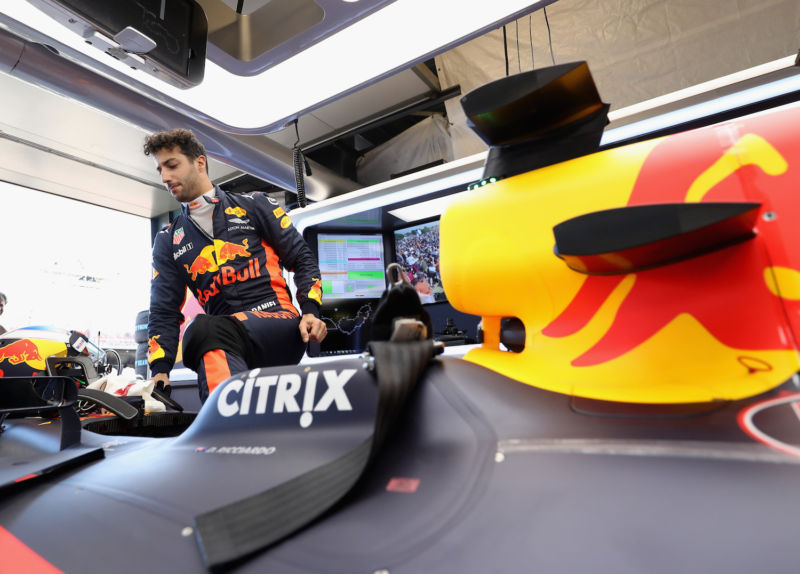Citrix isn’t just for telecommuting, Red Bull Racing uses it at the track
Ars Technica 2017-06-22

Enlarge / Daniel Ricciardo of Red Bull Racing prepares for the 2017 Australian Grand Prix. (credit: Mark Thompson/Getty Images for Red Bull)
"Big Data" has been all the rage for the last few years. But the sport of Formula 1 racing caught that bug a long time ago, certainly in the days predating that buzzword. In the past, we've taken a look at how teams like Williams Martini Racing, Renault Sport Formula One, and Caterham F1 (RIP) have handled collecting and crunching their terabytes. Today, it's Red Bull Racing's turn.
"I've worked for the team for 13 years now, and we've been doing this for ages. The complexity of what we measure and sophistication of the analytics continues to improve, but we've been doing big data for a long time," explained Matt Cadieux, Red Bull Racing's chief information officer. The data in question is collected by myriad sensors all over the team's race cars, roughly adding up to a terabyte each race weekend (500GB for each of the two cars).
"But if you look at all the other data we use—video, audio, number crunching to run through various simulations—it's a huge multiplication factor on top of that," he told Ars. Cadieux wouldn't give us an exact number for that data volume over a race weekend, lest that information prove too useful to the team's rivals in the paddock, but company-wide the team manages 8PB of data. Cadieux reckoned that 95 percent of that was related to car design and car performance—think CAD (computer-aided design) and CFD (computational fluid dynamics), but also strategy simulations and historical telemetry data from previous seasons. "We have a very data-hungry business," he said.